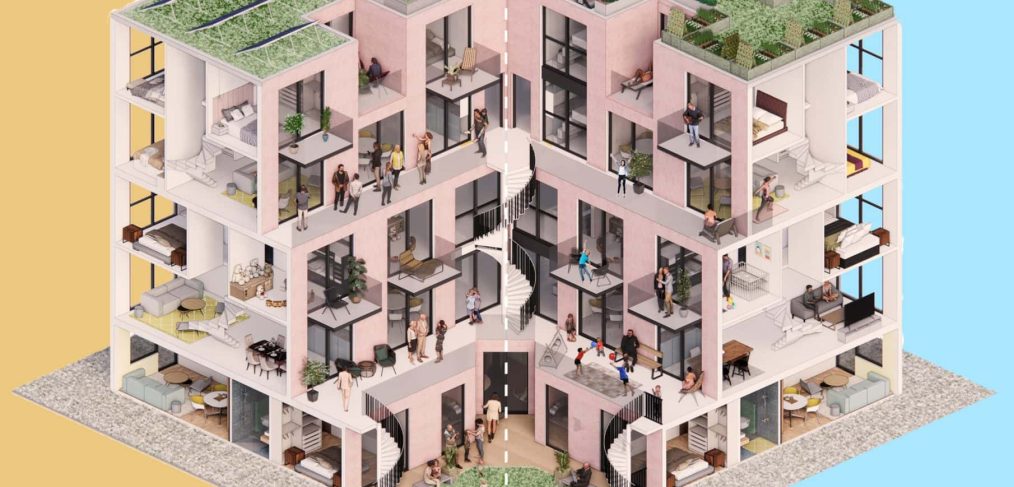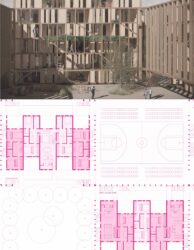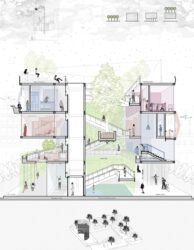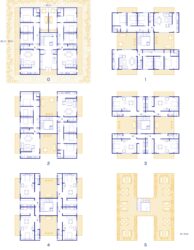
Together: Social proximity at a distance through adaptive use design
Team
Name: Darinka Czischke
Nationality: Croatian, Chilean
Institution / Company: Co-Lab Research Group, Faculty of Architecture and the Built Environment, Delft University of Technology
Name: Valentina Cortes Urra
Nationality: Chilean
Institution / Company: Co-Lab Research Group, Faculty of Architecture and the Built Environment, Delft University of Technology
Name: Carla Huisman
Nationality: Dutch
Institution / Company: Co-Lab Research Group, Faculty of Architecture and the Built Environment, Delft University of Technology
Name: Luz Maria Vergara d’Alencon
Nationality: Chilean
Institution / Company: Co-Lab Research Group, Faculty of Architecture and the Built Environment, Delft University of Technology
Name: Stephanie Zeulevoet
Nationality: Dutch
Institution / Company: Co-Lab Research Group, Faculty of Architecture and the Built Environment, Delft University of Technology
-JOURNAL PICK of SOCIAL DISTANCING HOUSING BLOCK Competition
The pandemic forces us to spend our time at home, isolated in private spaces. Yet, social interaction is vital for our well-being. Some question the viability of shared living forms vis-à-vis social distance restrictions. We challenge this notion by proposing a cohousing block that, during a pandemic, promotes social proximity – at a distance. Rather than locking up each household in private units, we design for sociability through clustered dwellings with adaptive use of common spaces. The block houses diverse households: elderly on the ground floor; families with children in duplexes on the middle floors; and young people in collective duplexes on the upper floors. The forty residents form a community. They cook and eat together every week in the common room on the ground floor. Shared spaces are located vertically at the core of the building: laundry, childcare, co-working and guest bedrooms. During pandemic, the life of the block adapts to protect the most vulnerable, by adopting separate entrances and circulation flows. Elderly are given exclusive use of the ground floor. All dwellings look out upon each other across the courtyard, allowing social interaction through cross-visibility. In this building, togetherness during pandemic keeps alive through design for adaptive use.
#Co-habitation & Relationships #Adaptive use #Social proximity #Cohousing #Shared living







